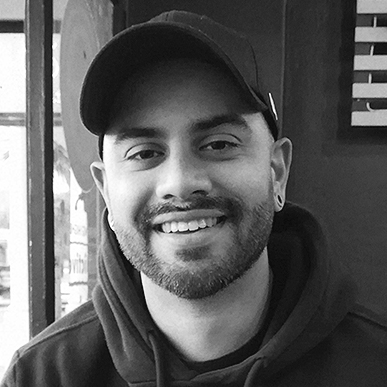Andrew Sutherland: Transformation at Stellenbosch University. Facebook and the framing of the everyday


Ataya: HUMA Interdisciplinary Seminar Series
Project/Paper: coming soon

Bio: Andrew Sutherland completed a Master's in Visual Studies at Stellenbosch University, where he currently lectures. His research incorporates critical ways of engaging with seemingly everyday objects and how their understanding comes to be communicated to a public audience – focusing on areas of decolonisation, institutional critique, and contemporary art history and visual culture, paying particular attention to the affective embodiment of space. As academic and creative, Andrew has presented conference papers and guest lecture seminars at universities across South Africa, including the Wits History Workshop, WiSER, and the South African Visual Art Historians annual conference.
Topic: This paper responds to the ongoing project of transformation in South African higher education. I am specifically interested in the visual representation of institutional transformation, with Stellenbosch University and its Rooiplein serving as the focus for this investigation. In the broader sense, this paper investigates how the idea of transformation is presented by a historically advantaged white Afrikaans university in the wake of the South African Fallist movements. My research focuses on the visual and discursive representation of 'the everyday' on the Rooiplein, a prominent public space at Stellenbosch University. I am interested in the role that photographs and text play in the framing of 'the everyday' (of the 'commonplace', the 'standard', or the 'ordinary') and how this is represented on the university's Facebook page.
My engagement with the images and text published by Stellenbosch University on social media (in the years 2014-2018) explores the complex discourses on inclusion/exclusion as well as belonging/alienation on which the university was founded. As this paper demonstrates, Stellenbosch University communicates an idealistic perspective that, on the face of it, has embraced and enacted a transformative model with some success. This study engages critically with this framing of a transformed university by looking to various realities that escape the university's visual framing and normative understanding of transformation that is represented on social media.